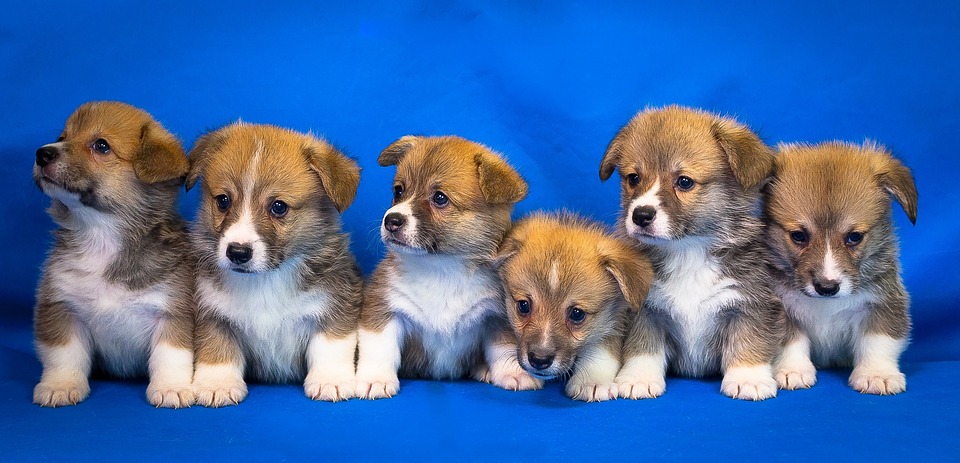Teaching Dogs to Sit Politely for Greetings: A Guide to Polite Canine Behavior
Introduction:
When it comes to canine behavior, teaching dogs to sit politely for greetings is an essential skill that every pet owner should master. Not only does it ensure a well-behaved and controlled dog, but it also promotes positive interactions with humans and other animals. In this article, we will guide you through the step-by-step process of teaching your furry friend to sit politely for greetings. Additionally, we will address some common FAQs to help you overcome any challenges along the way.
I. Understanding the Importance of Polite Greetings:
Before diving into training techniques, let’s explore why teaching your dog to sit politely for greetings is crucial:
1. Promoting Positive Interactions: Polite greetings prevent jumping, pawing, or excessive excitement, making interactions with humans and other dogs smoother and more pleasant.
2. Safety: A dog that jumps or lunges during greetings can unintentionally cause harm or discomfort to others, especially children or individuals with mobility issues.
3. Social Acceptability: Polite greetings reflect responsible dog ownership, and they are generally appreciated by others, including friends, family, and strangers alike.
II. Step-by-Step Guide to Teaching Dogs to Sit Politely:
Now that we understand the significance of polite greetings, let’s explore the training process:
1. Basic Obedience Training Foundation:
a. Establishing a Reliable Sit Command: Ensure your dog understands and consistently responds to the “sit” command before moving on to greetings.
2. Controlled Environment Training:
a. Start Indoors: Begin training in a quiet and familiar indoor setting to minimize distractions and set your dog up for success.
b. Use treats or Toys as Rewards: Positive reinforcement plays a key role in training. Reward your dog with treats or toys each time they successfully sit politely during greetings.
3. Introduce the Greeting Scenario:
a. Controlled Introductions: Arrange controlled greetings with familiar friends or family members who are willing to assist in the training process.
b. leash Control: Keep your dog on a leash during initial training sessions to maintain control and prevent jumping or lunging.
4. Reinforce the Sit Command:
a. Prompt and Reward: As guests approach, give your dog the “sit” command. If they comply, reward them immediately with praise and a treat.
b. Redirect Unwanted Behavior: If your dog starts to get overly excited or attempts to jump, calmly guide them back into a sitting position and repeat the command.
5. Gradual Increase in Difficulty:
a. Practice in Different Environments: Gradually expose your dog to various settings, such as parks or public places, to generalize the behavior.
b. Increase Distractions: As your dog becomes more proficient, introduce distractions like toys, treats, or other dogs to simulate real-life scenarios.
III. FAQs – Overcoming Challenges:
Q1: What if my dog refuses to sit during greetings?
A: Ensure your dog has a solid understanding of the sit command before attempting greetings. If they refuse, go back to basic obedience training and reinforce the sit command in less distracting environments.
Q2: My dog jumps despite practicing. What should I do?
A: Be patient and consistent. Continue redirecting your dog to a sitting position and rewarding good behavior. Consider seeking professional help from a certified dog trainer experienced in behavior modification if the problem persists.
Q3: Can I use punishment to discourage jumping?
A: Punishment is not recommended as it can lead to fear, anxiety, or aggression in dogs. Focus on positive reinforcement and redirecting unwanted behavior instead.
Q4: How long does it take to train a dog to sit politely for greetings?
A: The training duration varies depending on the individual dog’s temperament, age, and prior training. Consistency, practice, and positive reinforcement are key. Expect the process to take several weeks or even months.
Conclusion:
Teaching your dog to sit politely for greetings is a valuable skill that promotes positive interactions, safety, and responsible dog ownership. By following the step-by-step guide and addressing common FAQs, you are well-equipped to train your furry companion and enjoy polite and enjoyable greetings with both familiar faces and strangers. Remember, patience and consistency are fundamental to successful training. Happy training!









